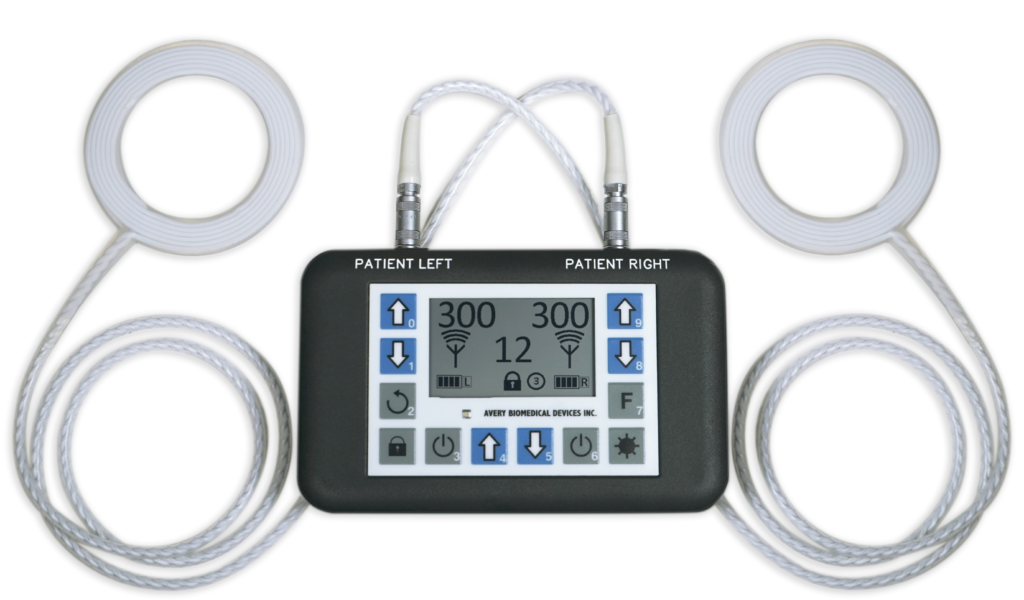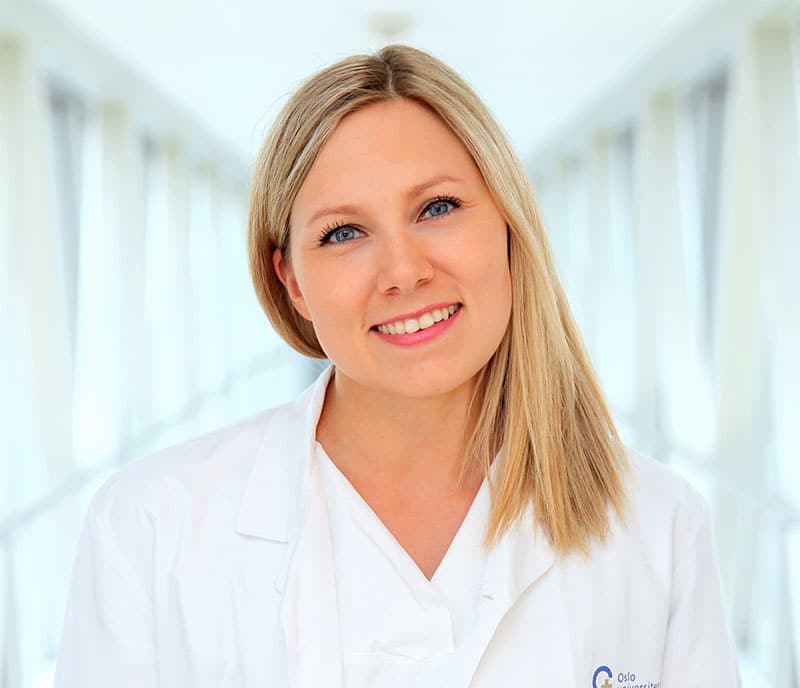* Central Sleep Apnea differs from Obstructive Sleep Apnea which is characterized by a physical disruption of airflow in spite of respiratory effort, and is less common than obstructive sleep apnea.

There are currently two surgical options for Central Sleep Apnea. See how the Avery Diaphragm Pacing System compares to the competition and read about the Avery Advantages.
Central Sleep Apnea (CSA) is a sleep disorder characterized by a lack of drive to breathe during sleep, insufficient or absent ventilation and compromised oxygen/carbon dioxide levels. CSA can also affect the respiratory drive while awake, as it is the result of the brain failing to send the proper signals to the phrenic nerves to control breathing. Central Sleep Apnea can be a congenital or acquired condition, with the acquired condition typically being the result of a brain stem stroke, tumor or other trauma. There are also adults with Central Sleep Apnea who were simply not diagnosed when younger, and do not learn of the condition until later in life.
There are multiple types of sleep apneas, including:
Also known as treatment-emergent central sleep apnea, Complex Sleep Apnea Syndrome is a combination of OSA and central sleep apnea.
Characterized by pauses in breathing during sleep, Central Sleep Apnea is a result of the brain not correctly using the neurological pathways to the diaphragm.
A more common form of sleep apnea that occurs when something partially or completely blocks the airway during sleep.
* Central Sleep Apnea differs from Obstructive Sleep Apnea which is characterized by a physical disruption of airflow in spite of respiratory effort, and is less common than obstructive sleep apnea.
Central Sleep Apnea can affect patients of all ages. However, there are statistical factors that coincide with a potentially higher risk of patients developing the condition, including:
Only a licensed physician can properly diagnose central sleep apnea. If you believe you have symptoms related to Central Sleep Apnea, make an appointment with your doctor so that you can discuss proper diagnosis and, if needed, potential treatment options. CSA and OSA share a number of symptoms, which can make diagnosing which type of sleep apnea a patient has difficult.
The more common symptoms include:
Mechanical ventilation provides positive pressure to push air into the lungs, most commonly through CPAP, BiPAP, and ASV.
A minimally invasive process that stimulates the phrenic nerve so that the patient can breathe more naturally. This is the method utilized by the Avery Diaphragm pacemaker.
The Avery Diaphragm Pacemaker is an FDA-approved diaphragm pacing device that promotes natural breathing in patients with Central Sleep Apnea.

Cassandra Pacing Since 2015


Our normal operating hours are from 8 AM to 4 PM Eastern Time (EST)
Monday through Friday.
© 2012 – 2023 Avery Biomedical Devices, Inc. All Rights Reserved